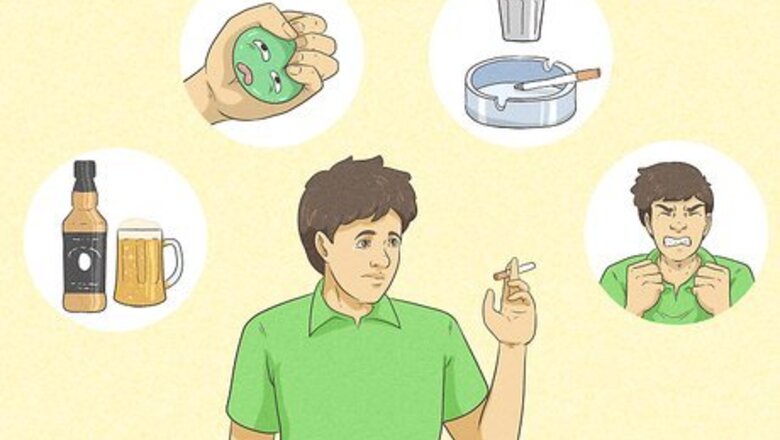
views
Analyze your habit.
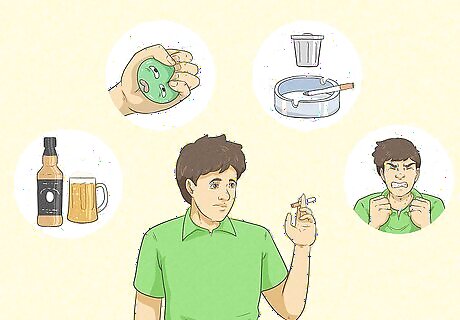
Knowing why you have a bad habit can help you break it. Most habitual behaviors are patterns that have evolved because they’ve been rewarded in some way. For instance, they might make performing a common task or dealing with emotions easier. As licensed psychotherapist Lauren Urban says, “learning the rituals around [a habit] helps build new habits.” Note when you reach for this habit, and then ask yourself why you’re doing it—how does it make you feel, and what triggers it? As an example, you might reach for a cigarette when you’re feeling tense or bored, or perhaps you bite your nails when you’re studying or anxious. The cue or trigger to do something habitual is called a habit loop. To break a habit, you must stop the loop or cycle.
Start small.
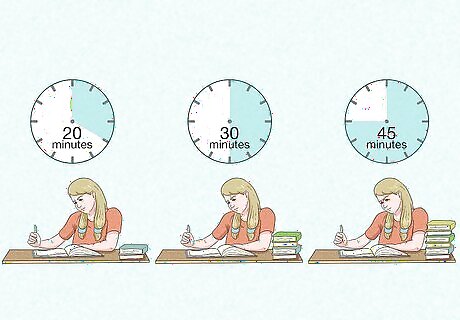
Break smaller habits to increase your motivation. Some habits can be difficult to change because the solution may seem daunting. As life coach Guy Reichard reiterates, “Better choose a safe and modest goal that we can achieve and continue to build on than a massive goal.” So, split your goals into small, achievable steps. This will reward you sooner, and as you find success in the small steps, it’ll increase your drive to meet your ultimate goal. Say you want to stop eating junk food. Instead of aiming to stop eating junk food altogether, try starting with eating a healthy breakfast every day. As another example, instead of saying, “I’ll stop procrastinating today,” set yourself a goal: "I will stay focused on my work for 30 minutes today.”
Swap your bad habit with a goal.
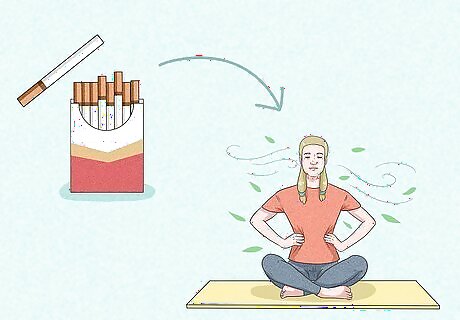
Choose something positive to replace your bad habit with. The first step in breaking a bad habit is developing a true desire to change your life. Think about how you can improve your life—what do you want to do instead of your habit? For example, maybe you want to read more, and swapping watching TV before bed with reading can help you reach this goal. As another example, perhaps you swap your time smoking with a calming yoga flow.
Make a plan.
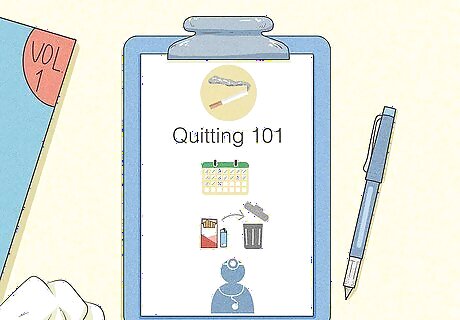
Figure out what, when, and how you’ll break your unwanted habit. Once you understand what triggers your habit and the reward, you can make a plan that swaps your habit with healthy, achievable goals and minimizes triggers. Make a list of things you must do to reach your goals and drop the habit. Your plan may look different depending on your habit. For instance, if you want to quit smoking, your plan might include throwing away your cigarettes; meanwhile, breaking a nail-biting habit could include putting lemon juice on your hands and buying a stress ball. Studies show that having a specific plan greatly increases your chances of success, as it helps break down unwanted behaviors while creating new action patterns. When making your plan, Urban recommends being “very honest and open with yourself.”
Practice mindfulness.

Be more aware of your triggers can help you control temptations. Mindfulness is the practice of focusing on the present moment and experiencing it without judgment. Being aware of how you feel in any given moment can help you spot and stop your triggers before you indulge in a bad habit. Think of mindfulness as reprogramming the mind, decreasing automatic thoughts and helping you acknowledge your emotions. Try mindfulness meditation. Taking a few minutes every day to become quiet and focus on your breathing may help you develop awareness. Yoga and Tai Chi also encourage meditation.
Visualize success.

When you think of the future, imagine yourself accomplishing your goals. The mind is a powerful thing, and envisioning a future where you’ve accomplished your goals can help you break bad habits. Imagine situations where you’d be tempted to engage in the habit, then think of yourself choosing a better option. This helps reinforce positive behavior patterns. For example, if your goal is to eat less junk food, imagine yourself in your kitchen preparing a healthy meal and sitting down to eat it.
Change your environment.

The space around you could be triggering a specific emotion or habit. Breaking a habit could be a matter of reducing situational triggers until you can develop new ways of dealing with them. So, clean up your desk, rearrange the furniture, or leave the house to resist temptation and clear your head. For instance, if you like to smoke on your patio, remove the chair you sit in and replace it with a plant. If you tend to overeat at the same location at the table, move to a different seat when you eat.
Create barriers to the habit.
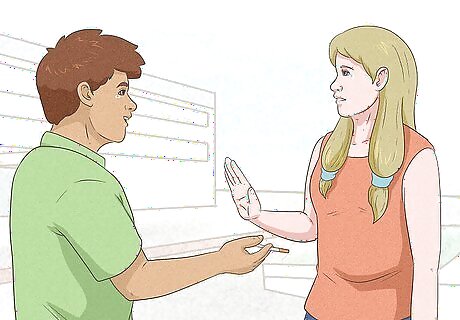
Make doing the habit more difficult so it feels like a hassle. If something’s hard to do, you’ll likely move on to an easier alternative or not engage in the activity at all. These barriers can be in the form of physical obstacles or small punishments. A physical obstacle might look like locking your cigarettes in a drawer and giving your roommate the key. A small punishment may be putting a quarter in a jar every time you swear.
Reward your successes.
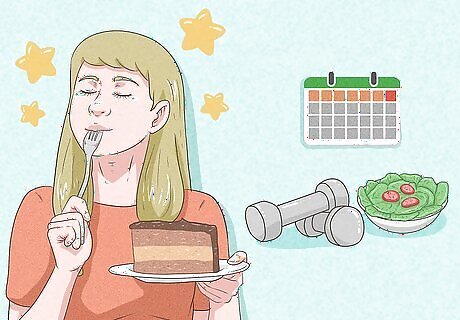
Give yourself something to look forward to. Habits are created when a behavior is ultimately rewarded (by you or an outside force). To break a habit, you need to reward a different, more desirable behavior. Everytime you achieve a goal, reward yourself. The most successful rewards are the ones that come immediately after the desired behavior. For example, if you’re trying to break the habit of being late for work, you could reward yourself with a cup of gourmet coffee each day you arrive on time.
Be patient.
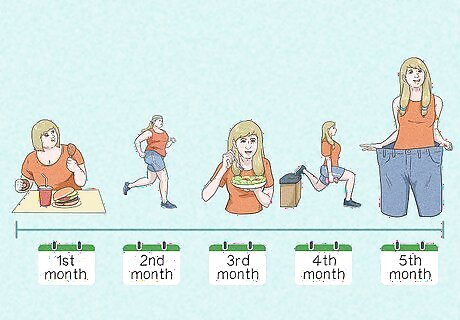
Give yourself grace and compassion. Behavioral conditioning doesn’t happen overnight. Breaking a habit can take time, so be patient and gentle with yourself. You’re only human. You may run into hiccups or obstacles, but that’s okay. Being harsh to yourself won’t help motivate you. Try adding “and” to your statements and creating positive plans for the next time you face a challenge. For example: “I had that bag of chips with lunch. I’m upset with myself for that, and I can help myself by packing snacks to take to work so the vending machines don’t tempt me.”




















Comments
0 comment